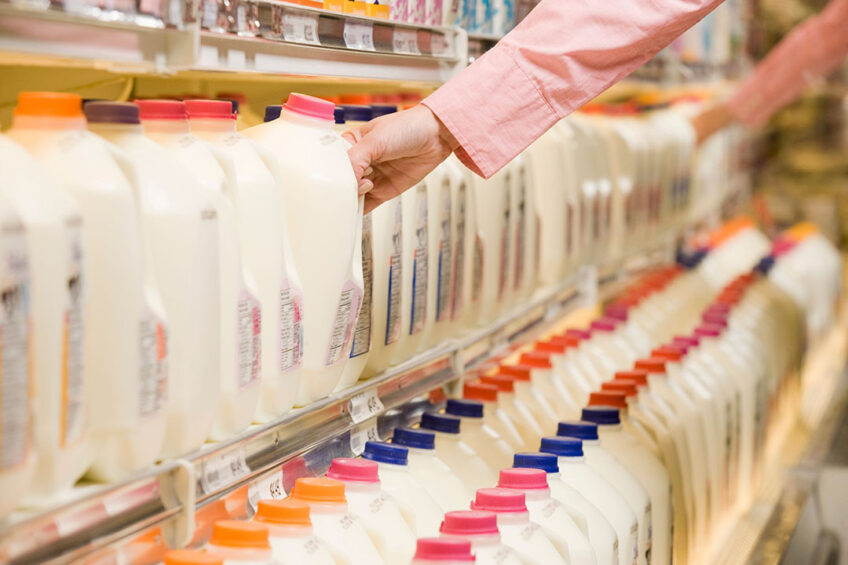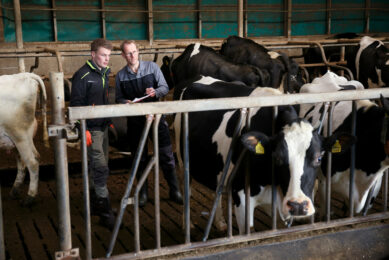Russia’s dairy sector seeks to deepen trade ties with China

Russia wants to establish the export of 30,000 tonnes of milk powder per year to China, the Russian government agency Agroexport stated. Growth in sales to foreign customers is needed to tackle the looming oversupply on the domestic market.
In 2022, China imported 1 million tonnes of milk powder, worth US$4.43 billion, Agroexport estimated, adding that New Zealand remains the leading supplier to the country, followed by Australia, the US, Uruguay, and Belarus. Russian authorities admitted that China remains a promising market for Russian dairy companies, but tough competition with other supplies is likely to be a huge challenge.
China, along with the countries of the Persian Gulf, are the most promising export directions for Russian dairy companies, Dmitry Patrushev, Russian Agricultural Minister, outlined during an industry conference in Moscow. He estimated that in 2022, the country exported dairy products worth US$400 million, almost exactly the same as the previous year. On the other hand, 90% of Russian dairy exports still land in ‘near-abroad’ countries.
The biggest producer is on the growth track
Russian largest dairy company, EkoNiva, recently unveiled plans to produce 1.3 million tonnes of milk in 2023, which is 100,000 tonnes more compared with the previous year. In the meantime, the company admitted a drop in demand in the domestic market in some product categories.
EkoNiva is already exporting its products to Kazakhstan, Armenia, Belarus, Uzbekistan, and China. Currently, the company puts some effort into breaking into markets in Southeast Asia and the Middle East.
2 million tonnes oversupply of milk
Russia and Belarus see an oversupply on the domestic market of close to 2 million tonnes of milk per year, Mikhail Mishenko, director of the Dairy Intelligence Agency, estimated. He explained that Russia and Belarus, in fact, make a single market since the countries share a common customs space. He also warned about a slump in consumption, adding that without growth in export sales, dairy business should be braced for rough times.
“The situation will not change dramatically in the near future. Consumption growth is not to be expected. Consequently, we will live in conditions of overproduction. There are 2 ways in which the situation can develop: a production drop or an export growth,” Mishenko said, adding that, in his opinion, instead of focusing on the Chinese market, Russian dairy companies should intensify their efforts to increase their presence in central Asia.
“If we fail to significantly increase exports, we should expect a decrease in milk production by the end of 2023. First, we will go through the stagnation stage; then, a decline will begin. If we manage to increase exports, then there is a chance to withstand,” he added.
Join 13,000+ subscribers
Subscribe to our newsletter to stay updated about all the need-to-know content in the dairy sector, two times a week.










